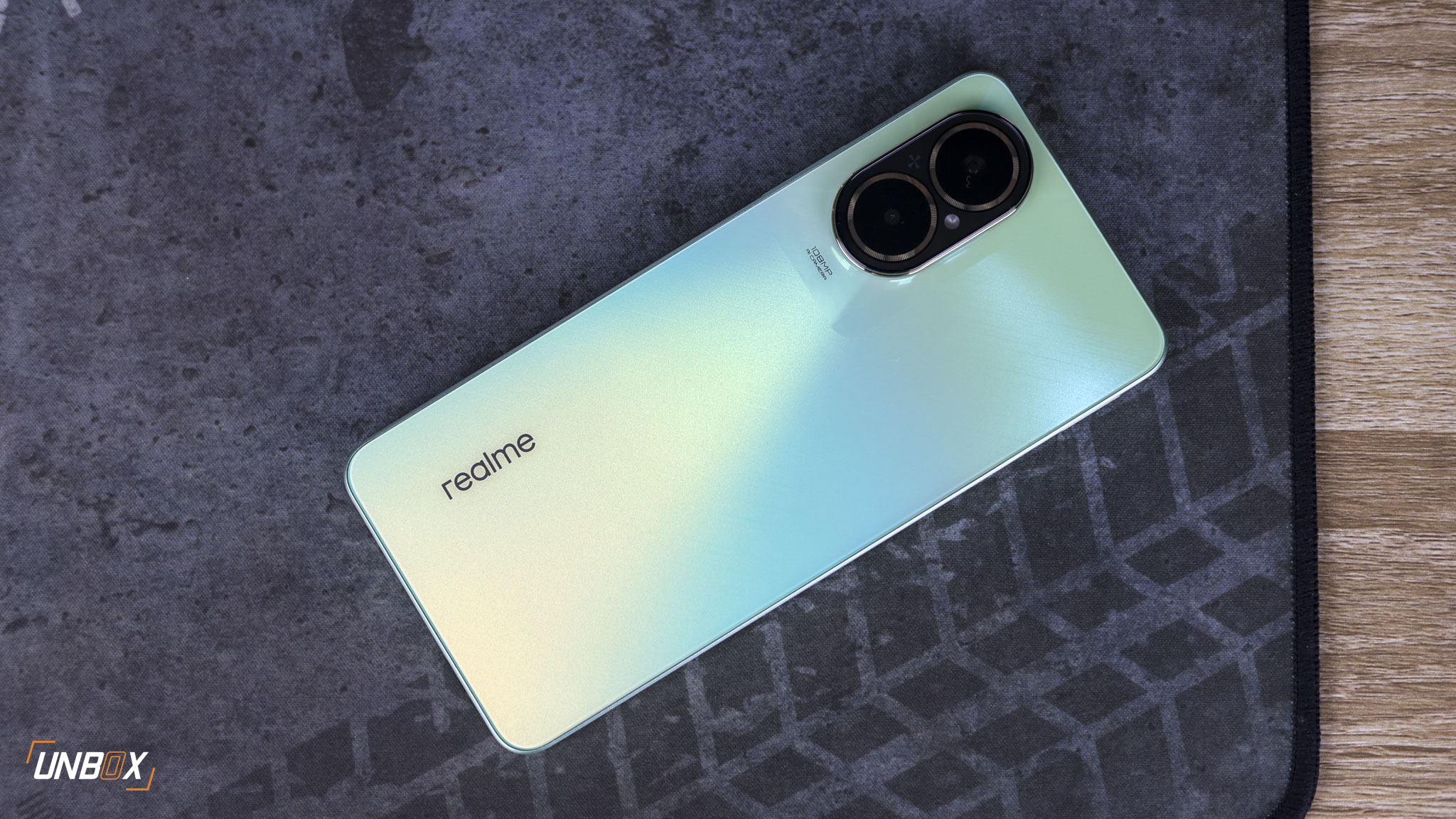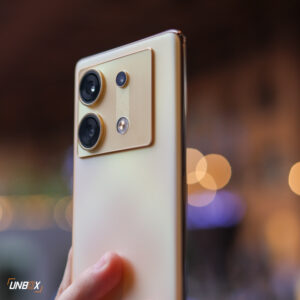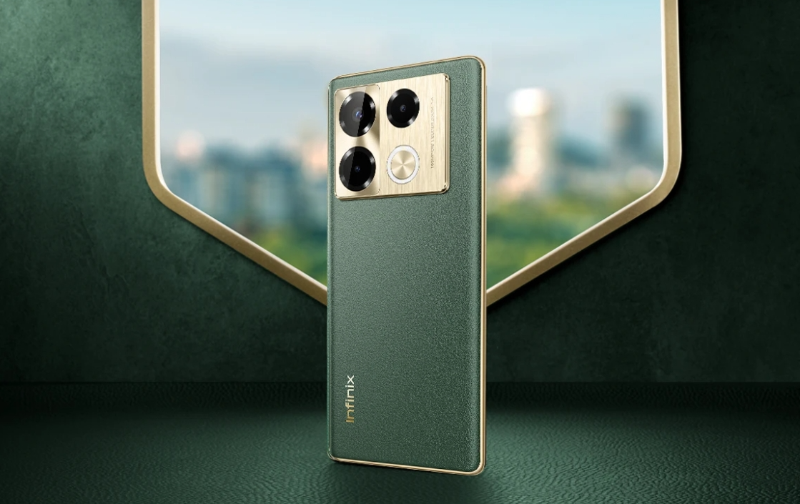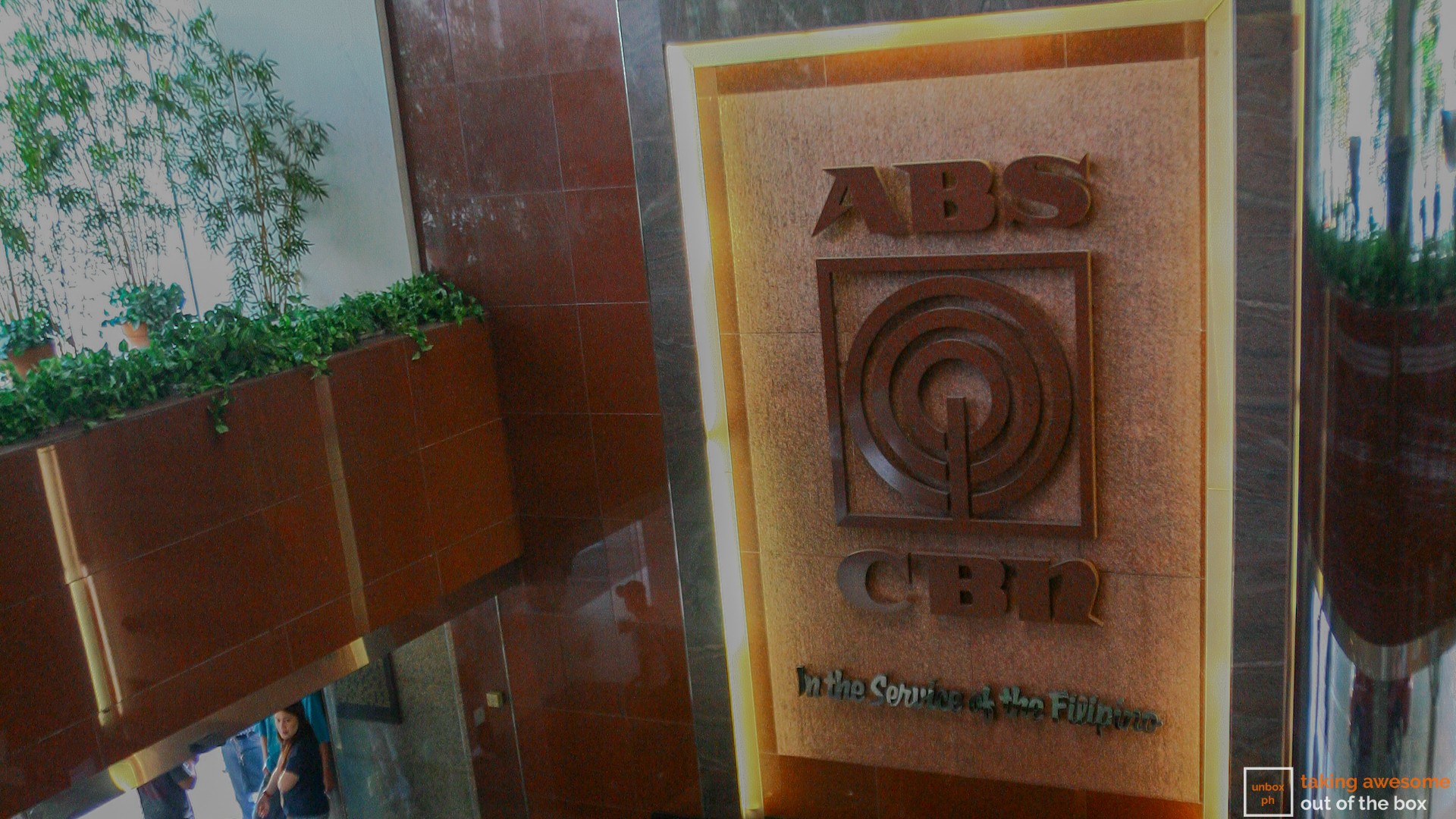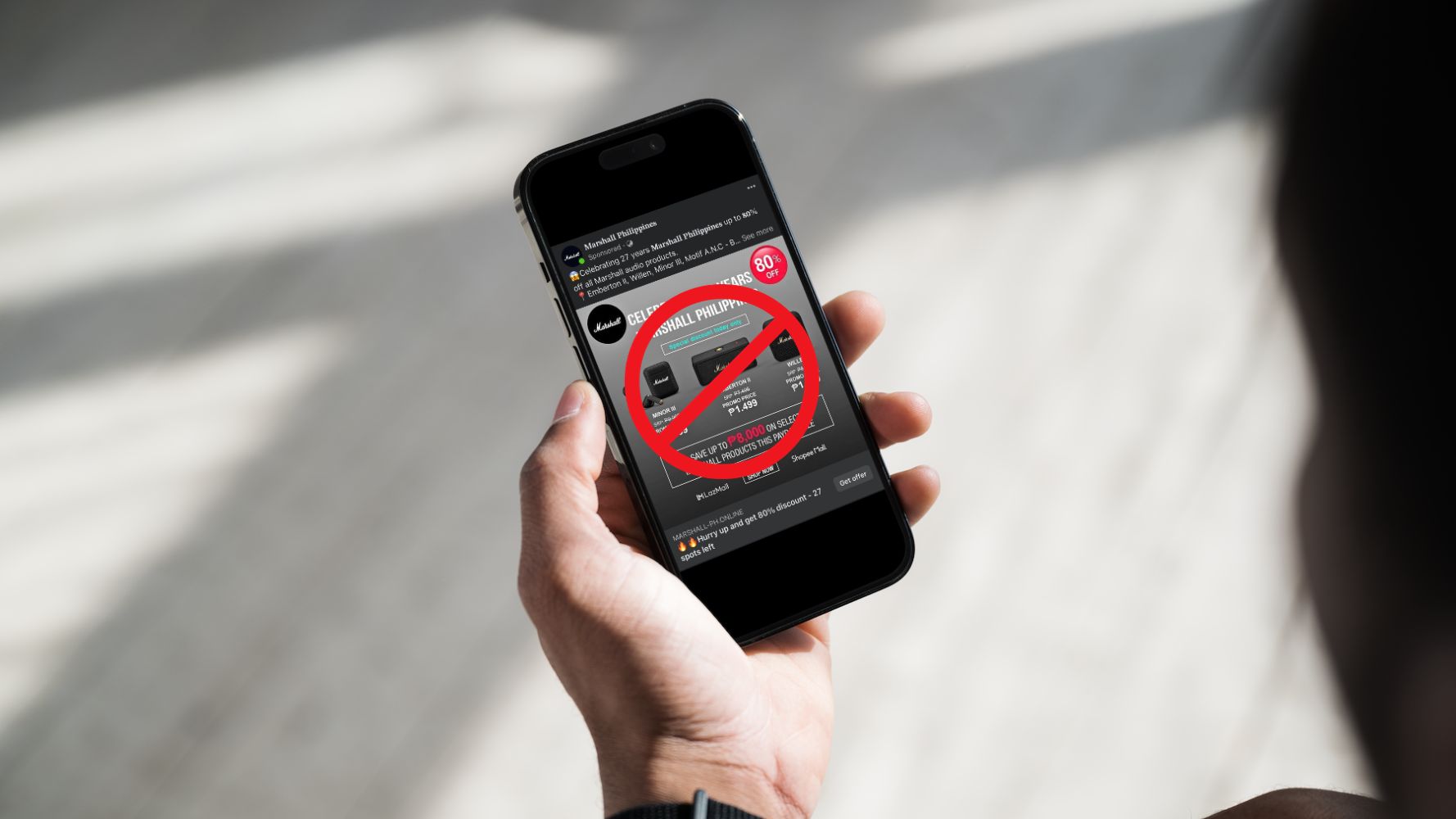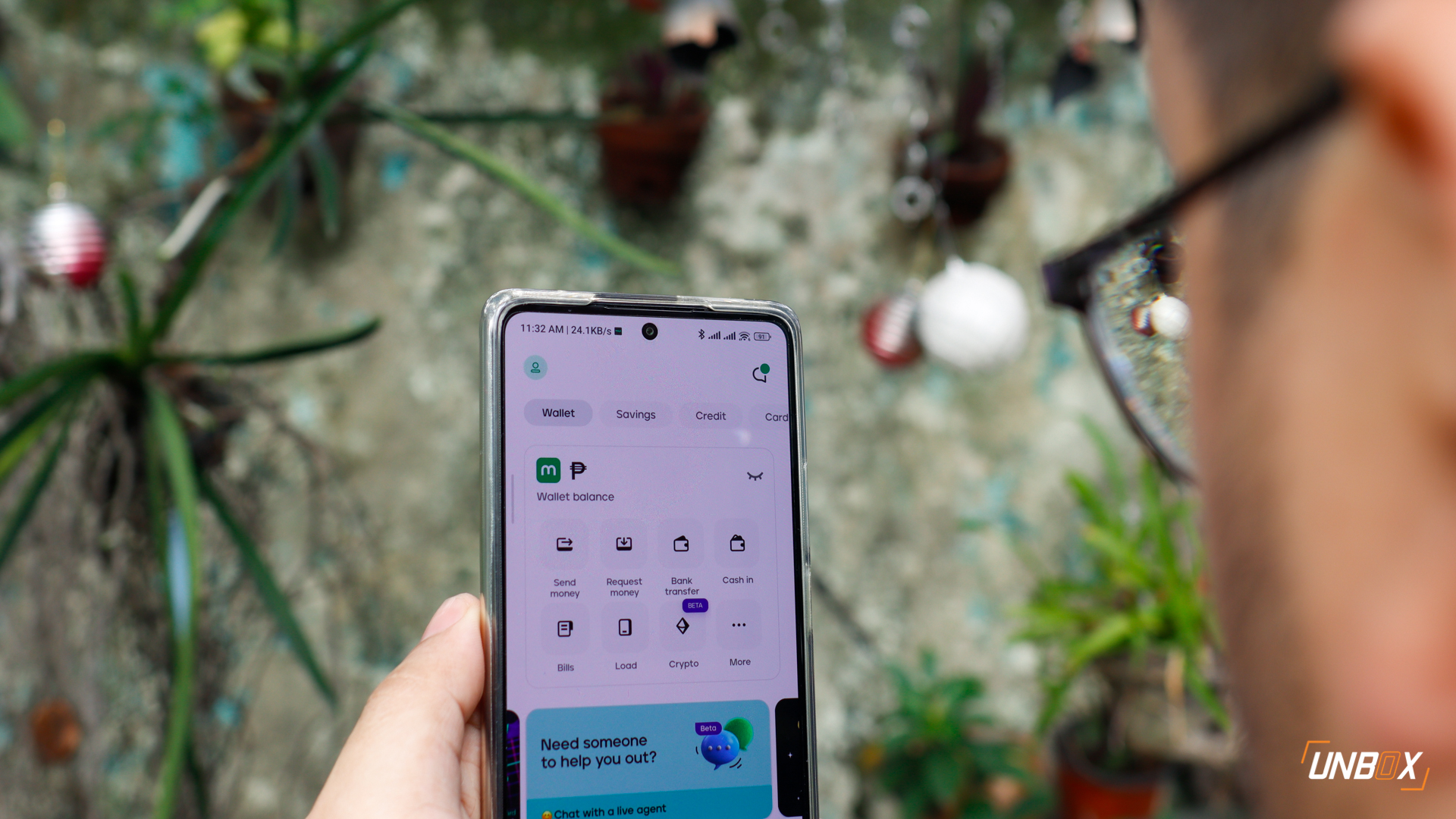
After months of leaks, Apple has officially announced the iPhone 7 and iPhone 7 Plus. The Cupertino firm’s brand new flagships will no longer cast longing glances at Samsung’s flagships in terms of water resistance – the new phones now sport IP67 water and dust resistance, which means you no longer have to scramble for rice when you inadvertently drop it into a tub of water.
Read: Samsung Galaxy S7 Review

As far as designs go, the the new phones look very similar to the iPhone 6 and 6 Plus. There’s not a lot of differences in the design – aside from a few tweaks in the antenna bands, the new phones have stereo speakers and for the iPhone 7 Plus – twin rear main cameras.

Speaking of cameras, Apple has improved the camera on the iPhone 7. But unlike previous generations that simply pushed more pixels, the new camera on the phone has gone the opposite way and only sports 12-megapixels. But just like Samsung with their Note 7 and S7, Apple is going with a wider aperture – f/1.8 in their case – and a bigger sensor to get more light. Aside from that, there’s optical image stabilization, as well as a new four-color LED flash and a flicker sensor which eliminates flickering lights in videos, as well as 4K video capture.

You’ve already seen the dual-camera setup on the iPhone 7 Plus. But instead of putting in a secondary monochrome sensor or a lower-resolution wide angle camera, Apple has stuffed the same 12-megapixel sensor on the secondary cam that has twice the zoom. That two focal lengths allow users to shoot in 1x and 2x, with the phone handling the camera shift so the user doesn’t notice. You can bump the zoom up to 10x, but images past 2x zoom uses software, not hardware zoom.
https://www.youtube.com/watch?v=Q6dsRpVyyWs&feature=share
That dual camera setup allows the iPhone 7 Plus to shoot images with tons of Bokeh via the Portrait mode. The 2x camera shoots the image, while the 1x camera takes depth information behind the subject. The Bokeh effect is generated via software – we’ll have to see for ourselves if the iPhone 7 Plus really delivers on its promise.
The phone’s display resolution hasn’t changed – the iPhone 7 will still have a 4.7-inch 1334 x 750 resolution display, while the 5.5-inch iPhone 7 Plus will have 1920 x 1080. While resolutions have stayed the same, Apple has improved the color gamut, with the phones utilizing the P3 color space.

Moving on to audio – the phones feature stereo speakers, and no longer have audio jacks. Yes, the rumors are true – Apple did really kill the audio jack, and it’s clear that the company is pushing harder than ever before for wireless audio.

Of course, Apple is making a concession to users who still want to use their favorite pair of cans with the new phone, and will include a lightning to 3.5mm adapter in the new phones just for that purpose. Apple is also introducing wireless earphones dubbed “Airpods“, hi-end wireless headphones that have advanced microphones to filter out noise when you’re talking.

Apple’s completely overhauled the processor on the iPhone 7 and 7 Plus as well. For the first time, Apple has moved away from the dual-core processors on their previous devices to the realm of quad-core chips. The new quad-core A10 Fusion chips utilize two high performance cores that does the heavy number crunching and two low performance cores for all the mundane stuff. Apple says that the new chip is 40 percent faster than the A9 inside the iPhone 6S and should consume less power.

Apple is pricing the iPhone 7 at $649 and the iPhone 7 Plus at $769, which are the same prices as the iPhone 6S and 6S Plus that they’re replacing. The biggest change now is capacities – the new iPhones now start at 32GB, and go up to 128GB and 256GB. The previous generation iPhone 6S and 6S Plus also get the same storage bump, going from 16GB to 64GB to 32GB and 128GB, with price adjustments of course.









